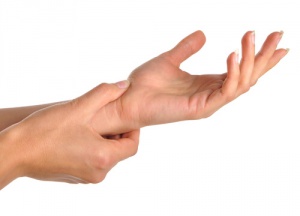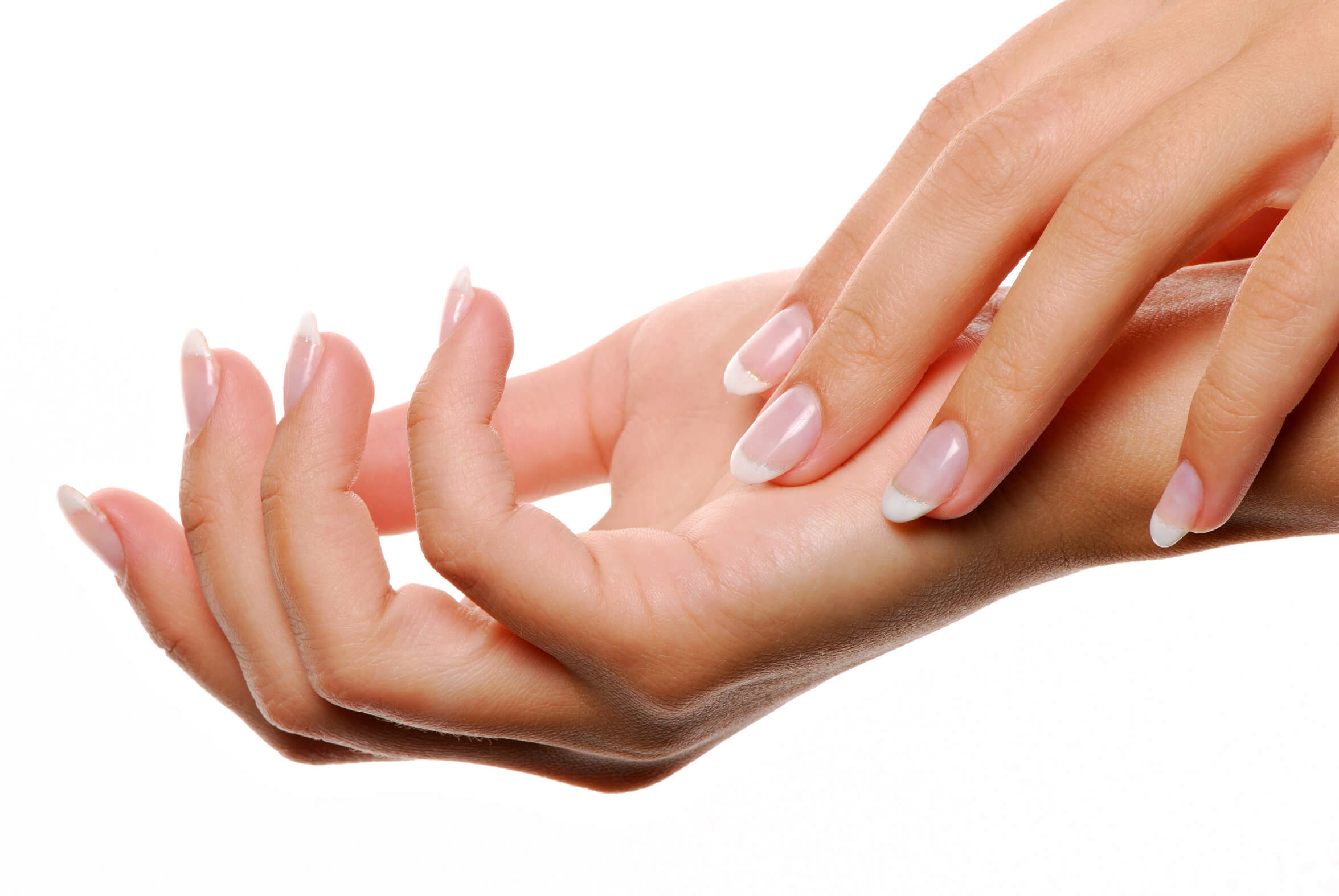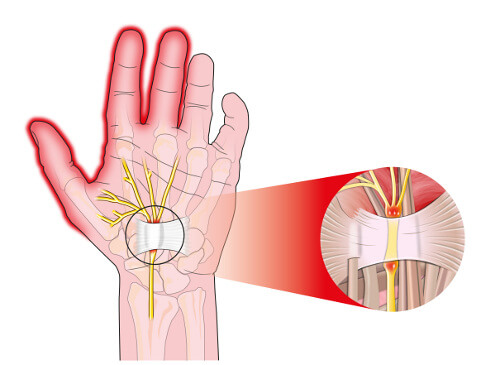What Causes Hand and Wrist Pain?


Written and verified by psychologist Valeria Sabater
Hand and wrist pain is a very common problem, especially for women. Their hands and wrists may go numb at night or experience swelling or weakness. In some cases they may even lose the use of them. We’re going to explain the causes of this problem and possible remedies that you should keep in mind.
Surprisingly, your hand is one of the most complex areas in your body: it has 19 bones, 17 joints, and 19 muscles. If one of these parts has a problem, it will affect all the movements that you mske with them. Here are the causes of these pains.
Hand and wrist pain: why does it affect women more?
Women’s cartilage, bones, and joints end up wearing down before men’s do. Additionally, women are more likely to have a lack of calcium. The hormone factor can also cause this pain when you approach menopause. There can also be a hereditary factor.
See more:Incredible Natural Remedies for Joint Pain
Causes of hand and wrist pain
Arthritis in the thumb
This happens when there is inflammation due to arthritis in the joint area of the wrist and base of the thumb. It tends to happen people reach around 40 years of age. They may get it due to their job, or from exerting this joint a lot, which ends in wear and tear. It can even be caused by stress. It is painful and prevents you from being able to have proper mobility.
Carpal Tunnel Syndrome
This usually starts with pain or discomfort in your wrist. Little by little it extends throughout your whole hand up to your arm. It causes tingling and numbness in your fingers at night.
You may feel a weakness when you pick up objects or you may lose fine motor skills. Carpal tunnel syndrome is a common problem among women. Sometimes it may be due to working for a long time on a keyboard.
It could also be due to any action that involves squeezing their hand continuously, or moving their fingers a lot. But normally it has a hereditary aspect that is related to wear and tear.
Ganglion Cyst
These are small lumps filled with liquid which appear on the joints of your wrists or fingers. They are normally located on your tendons and, although they aren’t too painful, they are uncomfortable and cause weakness. The origin of ganglion cysts is not known but it is associated with arthritis, or small lesions covered by joints or tendons.
The treatment depends on the patient. Sometimes they’ll need an anti inflammatory, or it may even go away on its own. In other cases it requires a small procedure to get rid of the liquid. This, however, doesn’t guarantee that it won’t come back.
Trigger Finger
This is very common and painful. It happens when a finger stays in a bent position and you can’t straighten it. It is due to a hardening of the covering or sheath that surrounds the tendon of the finger. Trigger Finger often tends to appear in people who do manual jobs and repetitive tasks.
Wrist tendinitis
The symptoms of this problem are very common and almost everyone has felt it at least once. It’s a swelling located a centimeter under the base of your thumb. It causes pain when pinching your fingers together, squeezing, or making any other movement. Tendinitis tends to be due to bad movements, lifting too much, etc. The inflammation is very painful and can extend throughout your arm.
Instructions and remedies
Hand and wrist pain, if it is due to joint problems related to arthritis, is very difficult to solve. Sometimes only surgery can give you the results you really want.
Your doctor should always be the one to diagnose you and give you the instructions you should follow. What we can do is offer you some natural remedies to relieve pain and inflammation.
Linseed Oil
This is a natural remedy that will help reduce inflammation. According to experts, consuming a tablespoon of linseed oil every morning for a month will notably reduce inflammation.
Vitamin B6
This is essential for your joints, bones, and tendons. It prevents inflammation and alleviates many symptoms of hand and wrist pain. You can find it in bananas, leafy vegetables, and chicken. You can also find vitamin B6 in pill form at pharmacies and natural stores. Take 2 mg a day.
Omega 3
Omega 3 fatty acids are present in high quantities in a lot of fish. Due to the great anti-inflammatory capability that they have, they are essential for naturally treating osteoarthritis. They also reduce joint pain.
Cherries
Many studies are finding evidence that eating cherries reduces osteoarthritis pain and which promotes mobility (if you eat them for two months). Eating ten cherries a day is highly recommended. If they aren’t available, or if they are too expensive, then you can buy them in pill form too.
All cited sources were thoroughly reviewed by our team to ensure their quality, reliability, currency, and validity. The bibliography of this article was considered reliable and of academic or scientific accuracy.
- Swigart CR, Fishman FG. Hand and wrist pain. In: Firestein GS, Budd RC, Gabriel SE, McInnes IB, O’Dell JR, eds. Kelley and Firestein’s Textbook of Rheumatology. 10th ed. Philadelphia, PA: Elsevier; 2017:chap 50.
- Calandruccio JH. Carpal tunnel syndrome, ulnar tunnel syndrome, and stenosing tenosynovitis. In: Canale ST, Beaty JH, eds. Campbell’s Operative Orthopaedics. 13th ed. Philadelphia, PA: Elsevier; 2017:chap 76.
- Gaston RG, Robinson EP, Lourie GM. Hand and wrist diagnosis and decision making. In: Miller MD, Thompson SR, eds. DeLee and Drez’s Orthopaedic Sports Medicine: Principles and Practice. 4th ed. Philadelphia, PA: Elsevier Saunders; 2015:chap 71.
- Gaston RG, Robinson EP, Lourie GM. Hand and wrist diagnosis and decision making. In: Miller MD, Thompson SR, eds. DeLee and Drez’s Orthopaedic Sports Medicine: Principles and Practice.4th ed. Philadelphia, PA: Elsevier Saunders; 2015:chap 71.
This text is provided for informational purposes only and does not replace consultation with a professional. If in doubt, consult your specialist.












